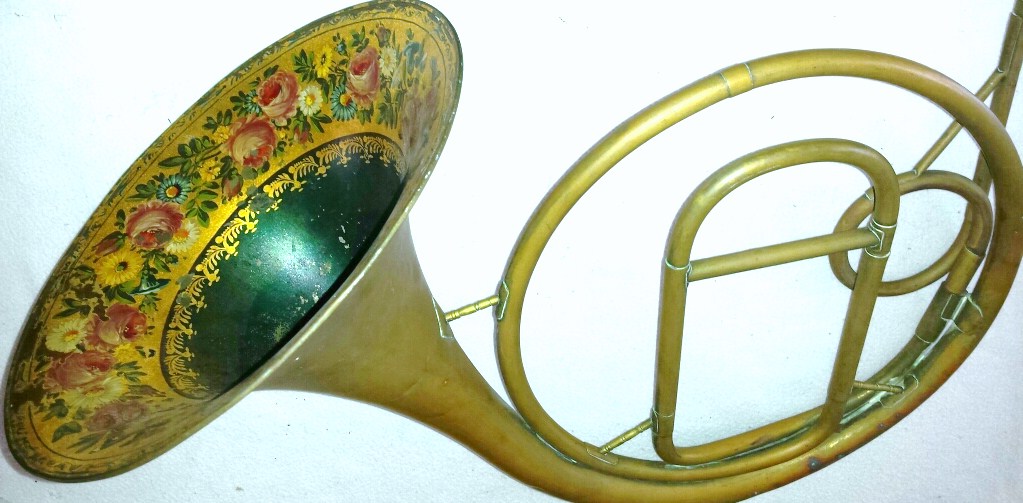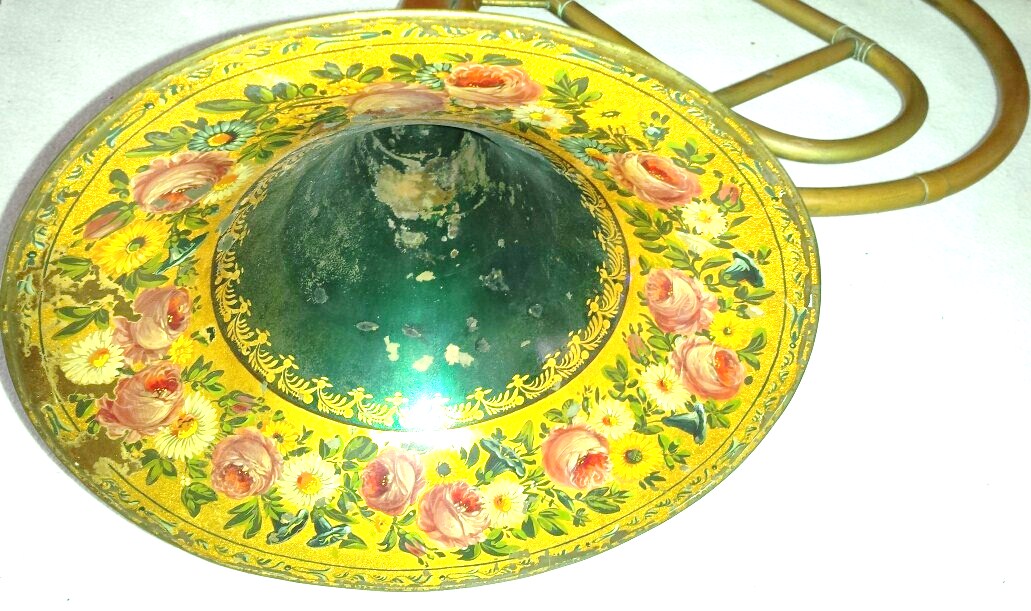Old Musical Instruments
Buying-Selling Early Musical Instruments
William Petit wpetit@sfr.fr Tel 00 33 6 13 12 43 22
Appraisal
Saxophones Selmer
Saxophones Adolphe Sax
Flûtes
Woodwind
Brasswind
Mandolins
Strings
Violin-Viola d'Amore-Quinton
Miscellaneous
The Natural Horn was originally just used for as a special addition to the orchestra, but during the early 1700s composers began to include horn parts in most pieces, and the Horn became a part of the standard orchestra.
The main difference between the Natural Horn and the modern Horn was lack of valves ones.However, the Natural Horn could only be played in one key, and to avoid having to switch instruments in the middle of a concert, players began using crooks, which were pieces of tubing that the hornist would attatch to the lead pipe, changing the length and modifying the key.
Jean Hilaire Asté (1775-1840), also known as Halary or Halari, was a French professor of music and instrument-maker.
Among the other instruments he patented, he is best known for inventing the ophicleide of which, it has been claimed, only five originals remain
Born in Agen, he moved to Paris in 1796, where, in 1804, he founded the maison Halary or Halari workshop, which made brass and woodwind instruments for most of the 19th century.
Although it was invented in 1817, his patent wasn't awarded until 1821.
As to the two instruments which M. Halary designs under the names of Quinticlave and Ophicleide.
The Halari workshop was acquired by Lecomte et Cie. in 1873, a company directed by François Sudre, who would go on to invent the sudrophone.
French Natural Horn Halary facteur de la maison du roi rue Mazarine à Paris

